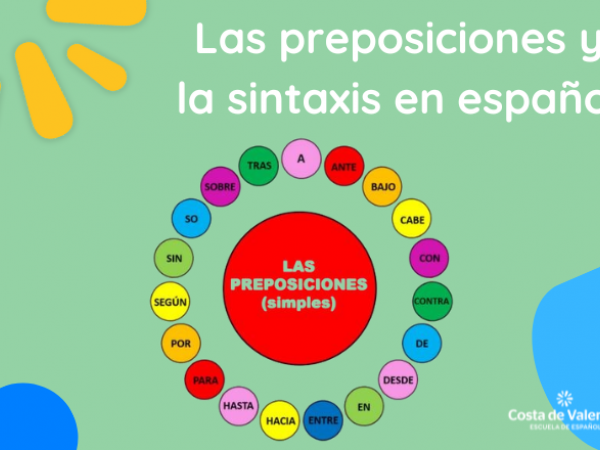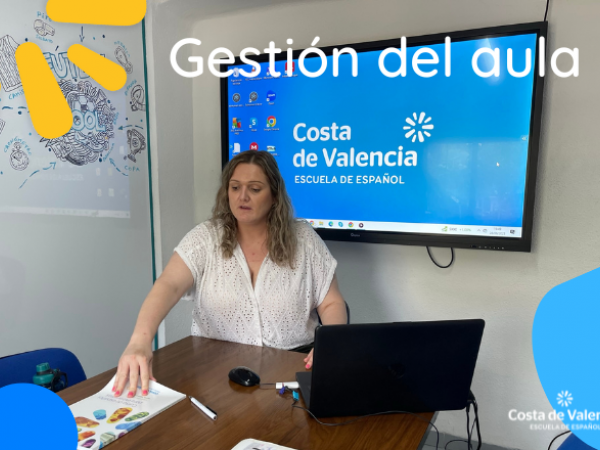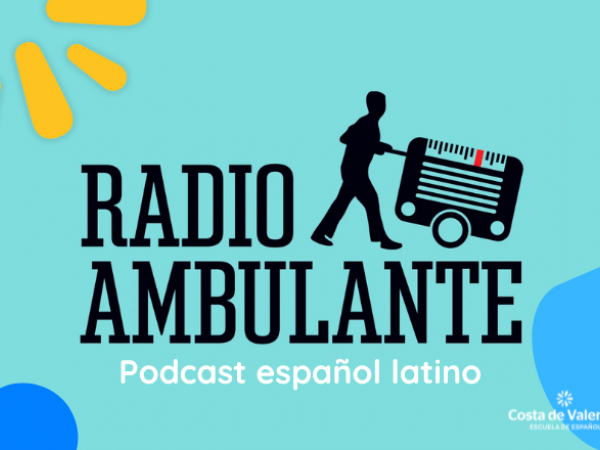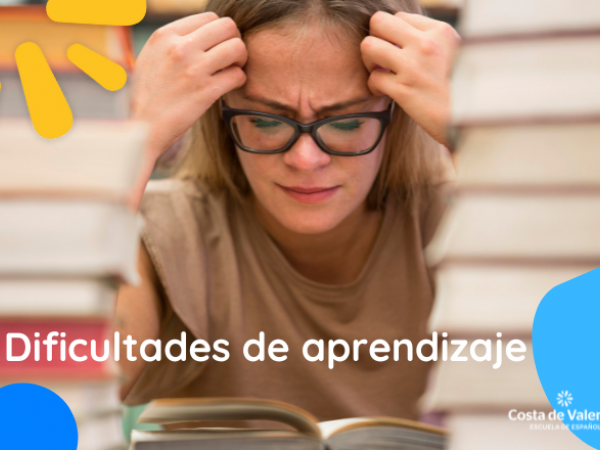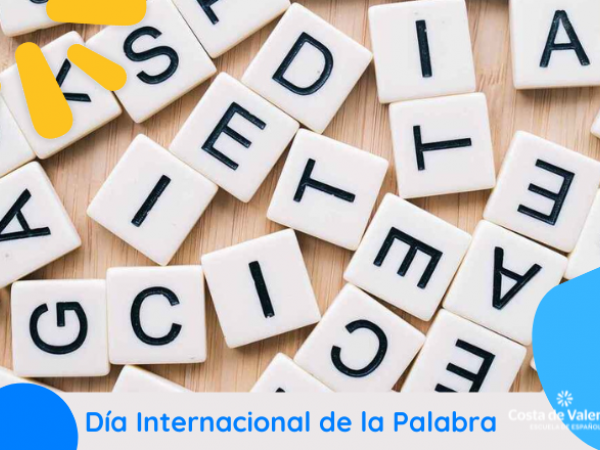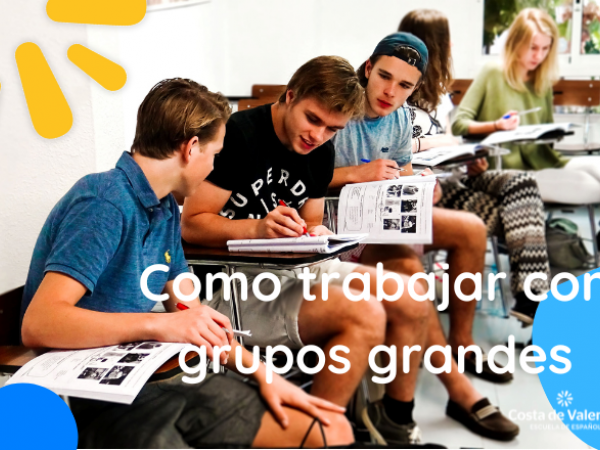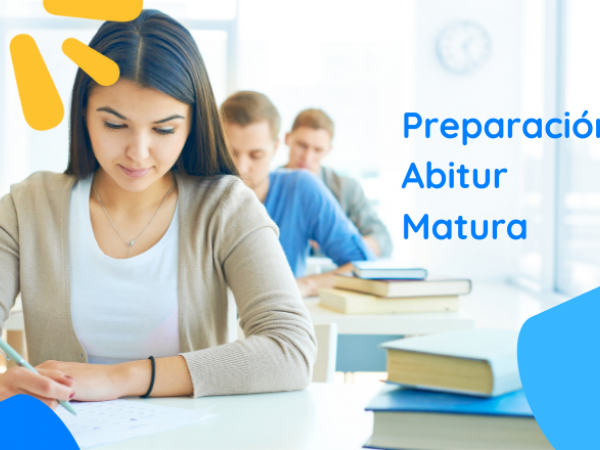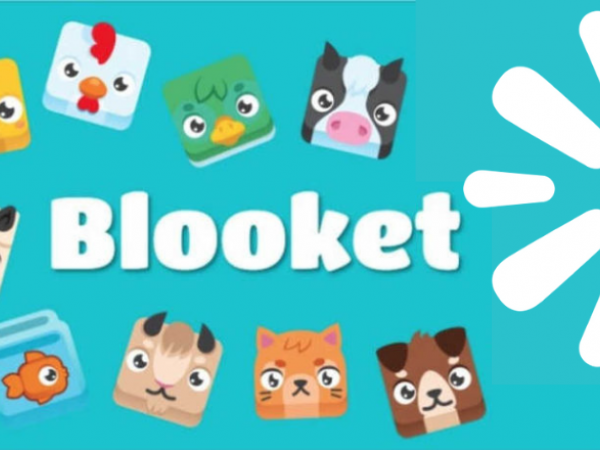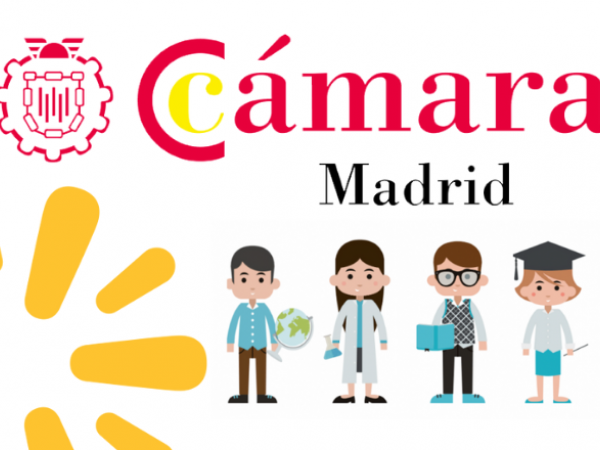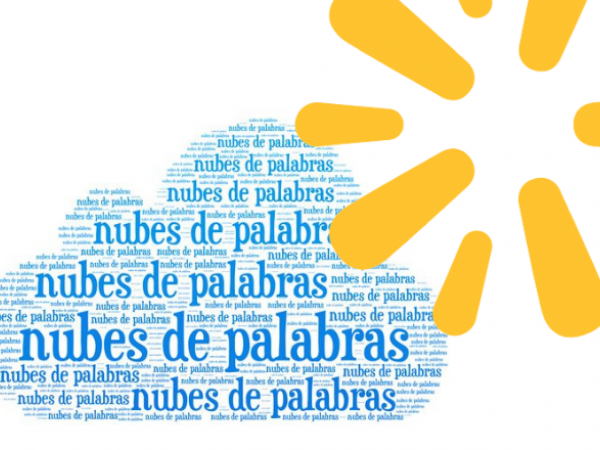Graded readings in Spanish
Graded readings in Spanish
One of the best resources for learning and improving in a foreign language is reading, because thanks to it we can, among many other things, expand our lexicon, reinforce spelling and grammar or improve the discursive aspect of our written texts. Moreover, if we manage to connect with our students and look for stories close to their interests that motivate them and are to their liking, we will make learning more meaningful and, therefore, more profitable.
Thus, our role as teachers will be, on the one hand, to choose an appropriate input for our class and, on the other hand, to prepare our students for reading, in the sense of teaching them "how to read" to prevent them from feeling overwhelmed by the enormous amount of new lexis, complex grammatical rules, idioms or metaphors, etc., that the texts may contain. If we do not carry out these tasks beforehand, we run the risk of students feeling these activities as a burden and we will not achieve the desired effects.
In terms of content, teachers can resort to artificial texts (created ad hoc to learn a language through them) and real texts, which are more extensive and complex and often incorporate specialized vocabulary of a topic, time or place that, nevertheless, may be of interest to us.
In between these two typologies are the graded readings, a highly recommended material especially when our students have a level between A1 and B2. These productions have the aspect of "real", in the sense that they are stories to use, as we would read any production in our L1, but, nevertheless, they are written by professionals who use a style and structures that are accessible depending on the level.
In addition, the good thing about this type of material is that most of them have activities interspersed between the chapters of the book, glossaries or even MP3 recordings to expand on the content. Many of them also have illustrations related to the reading, which serve to clarify meanings and glosses or explanations that serve to clarify the elements of civilization and culture that may be present in the work.
Most publishers have very good and interesting collections, with different themes and designed for different audiences (children, young people and adults). You can have a look at the following links:
- https://edinumen.es/lecturas-jovenes-y-adultos/lecturas-graduadas
- https://www.edelsa.es/catalogo_lecturas.php
- https://ele.sgel.es/web/guest/coleccion?tipo_id=48&subtipo_id=124&tipo=material%20complementario&subtipo=lecturas%20graduadas
- https://www.difusion.com/catalogo/lecturas/?gclid=Cj0KCQiAmpyRBhC-ARIsABs2EAq3xBvSG1rislIykQt8uwg561-_uUyxnAbklSLVEUZsp6pqD_HTX_4aAltlEALw_wcB

In addition, the Instituto Cervantes, in its Virtual Center, also offers graded readings accompanied by elements to support comprehension, such as illustrations and glossaries, as well as a set of activities on the linguistic and cultural contents that appear in the readings. It is a very good way to start working on reading in our classes, since all this material is free and easily accessible.
As we can see, there are many options to choose from. Once we have selected the material according to the characteristics of our students, we only have to think about the way in which we are going to work these readings in our classes.
Although the "how" will depend on the type of course (extensive, of short duration, within a regulated context, etc.) and the type of students (schoolchildren, adults, in the context of immigration, etc.), in general we can say that our job will be to strengthen (or implement) the reading habit by proposing different ways of working the works to the students in order to respond to all their expectations and to the different ways of learning.
Some of the techniques we can use will be:
- Global reading: students should read quickly the written text, paying attention to peripheral elements such as illustrations, distribution or typology of the text, etc. and from there get a general idea about its content. This type of reading involves the deduction of the topic from the visual elements and the distribution of the chapters and helps to generate pre-reading hypotheses that will facilitate subsequent readings.
- Recognition reading. In this reading, the student determines the main theme. This reading can be done individually. During reconnaissance reading, the student/reader should get used to inferring meaning from the context, as this contributes to the efficient comprehension of the text and the strengthening of the reading habit. This reading helps to infer meanings thanks to the context or the arrangement of the elements in the sentence.
- Close reading. For the student to accurately understand all the content of the text, to work on unfamiliar terms and new structures, and to memorize what has been learned. This reading can be done in the classroom with the help of the teacher and the rest of the group, once pre-reading techniques such as the above have been applied. This reading is usually accompanied by comprehension exercises, guided questions to check the assimilation, etc.
- Recreational reading. Here the student enjoys reading and understanding the story. Once the mechanisms for comprehensive and rewarding reading are acquired in the classroom, the student can put them into practice throughout his life, improving and broadening his knowledge in general.
As for the number of sessions or their duration to be devoted to reading activities, it will also depend on the course and the program we have to teach. In extensive or annual courses, a part of one session a week can be dedicated to work on this component, for example, by having the students prepare a chapter or fragment at home and then work on it in the classroom. Another idea would be to create a quarterly reading project in which the class participates more intensively. Even the reading of a work could be evaluation content, to give more prominence to the role of reading in our sessions.
There are many techniques, methods and ideas, so we have no excuse not to work this communicative language activity in our classes. We do not want to end this post without reminding and reinforcing, once again, the importance of reading in foreign language learning by answering the question, "Why read?"
- Reading facilitates the expansion of our passive vocabulary (the one we can understand), which will be the basis of our future active vocabulary (the one we use when speaking and writing).
- Reading means being able to practice the language in context. In fact, new vocabulary will always appear surrounded by other words and ideas. It has been proven that learning vocabulary in a contextual way is always much more effective than trying to memorize lists of unconnected and unrelated words.
- Reading helps us to improve spelling and grammar as we can recognize how words are spelled and allows us to learn almost unconsciously.
- It helps to develop compensatory strategies such as deducing meanings from peripheral elements, their own morphology, etc. Thus, we will be creating independent learners and training them to overcome future information gaps that may arise in the L2.
- Reading can become a motivational element to continue learning the language if we manage to find works that connect with the interests of our students







